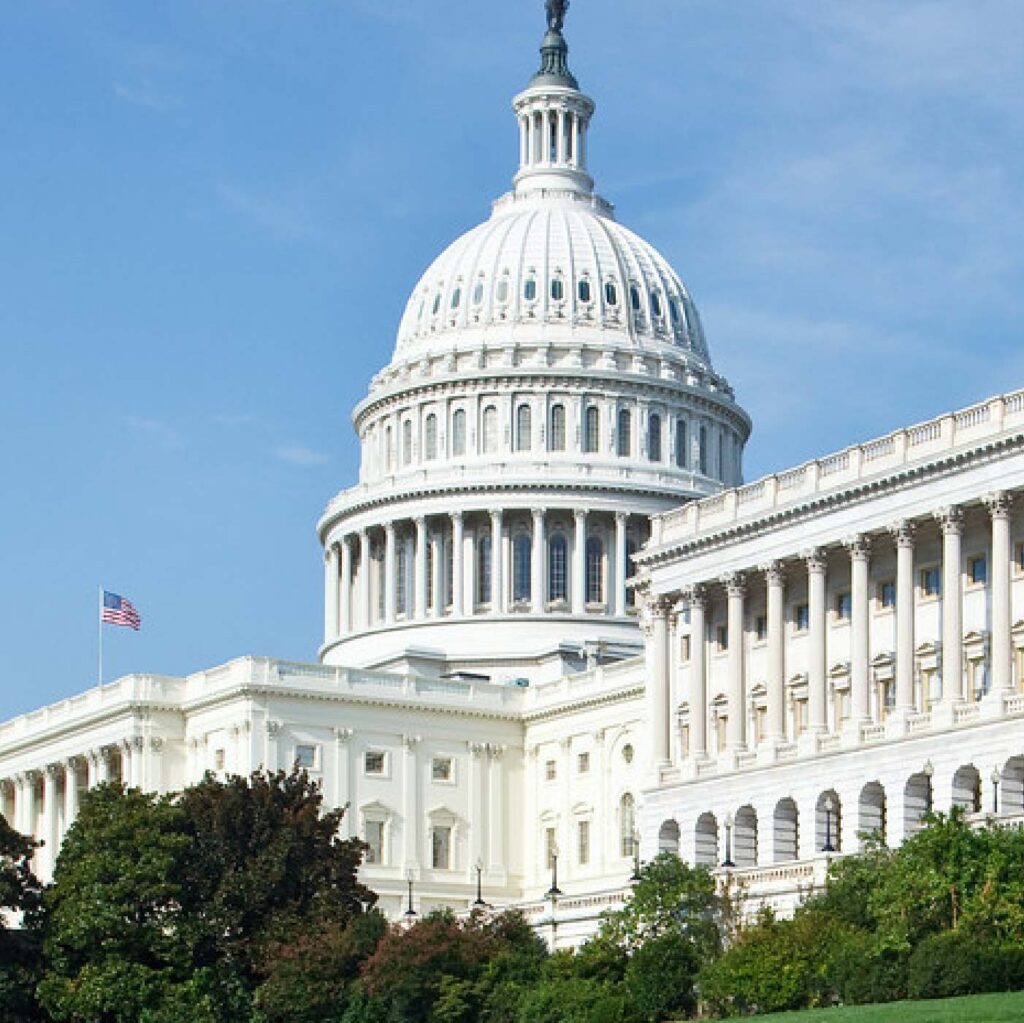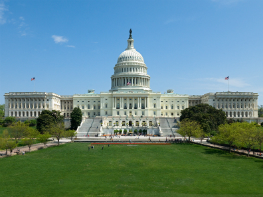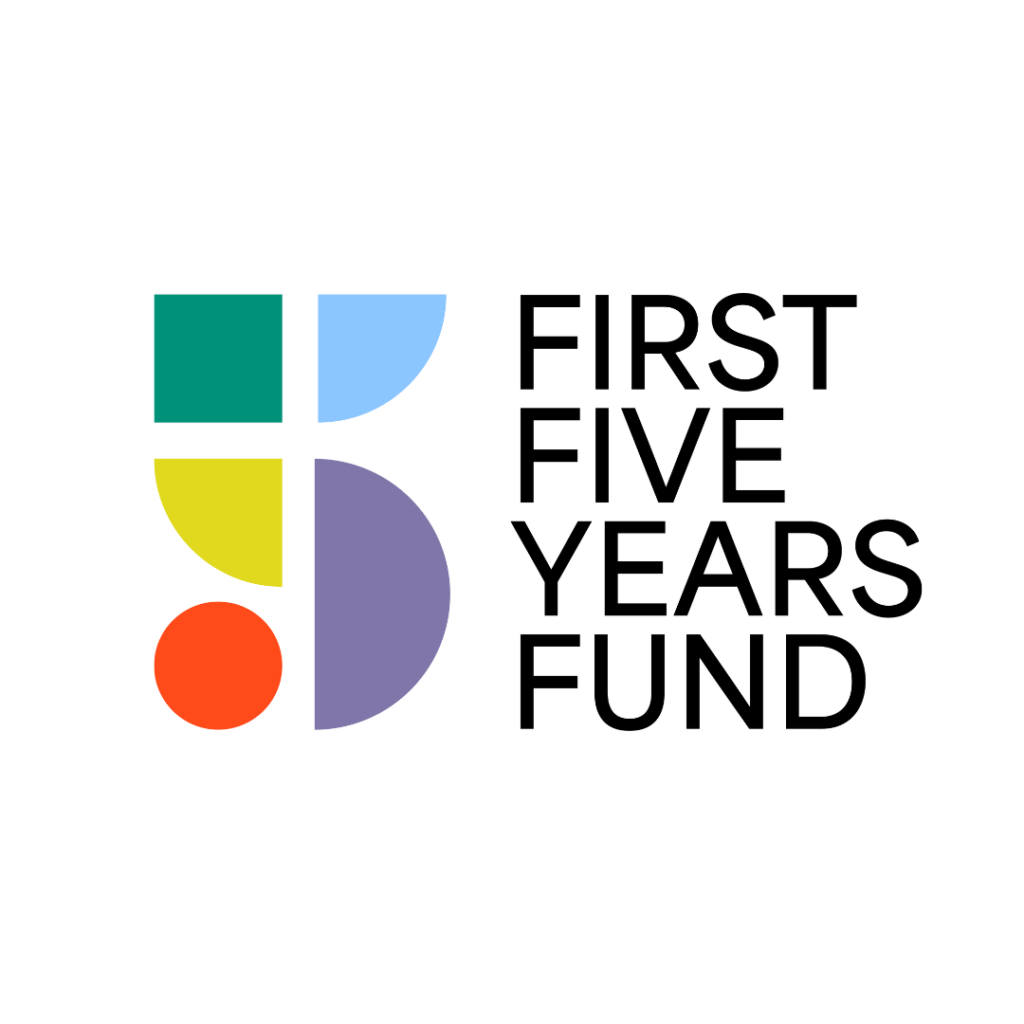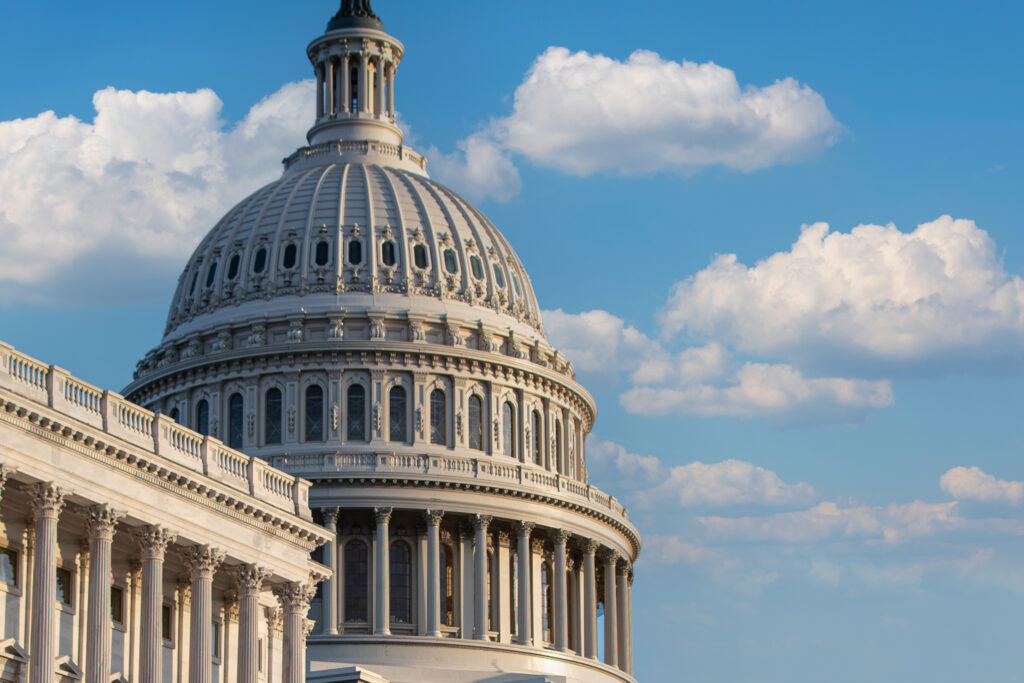Appropriations
Overview
Child care is expensive, and there’s a massive difference between what providers need to charge to keep doors open and what parents can afford. Each year, Congress allocates federal funding which serves as the foundation for early learning and child care programs in all 50 states.
This funding increases child care and early learning options for parents and families through a variety of federal programs, including: CCDBG, Head Start and Early Head Start, PDG B-5, and more. These programs benefit families, businesses, and local economies in all 50 states. Stable federal funding is essential to keeping child care services strong while helping more parents afford the care they need to go to work.
While federal investments for early learning and care have garnered strong bipartisan support for years, current federal investments only reach a fraction of income-eligible families. Congress must continue to support working families by protecting and prioritizing federal funding for early learning and child care programs.
latest
Resources
latest
updates
Subscribe to FFYF First Look
Every morning, FFYF reports on the latest child care & early learning news from across the country. Subscribe and take 5 minutes to know what’s happening in early childhood education.





